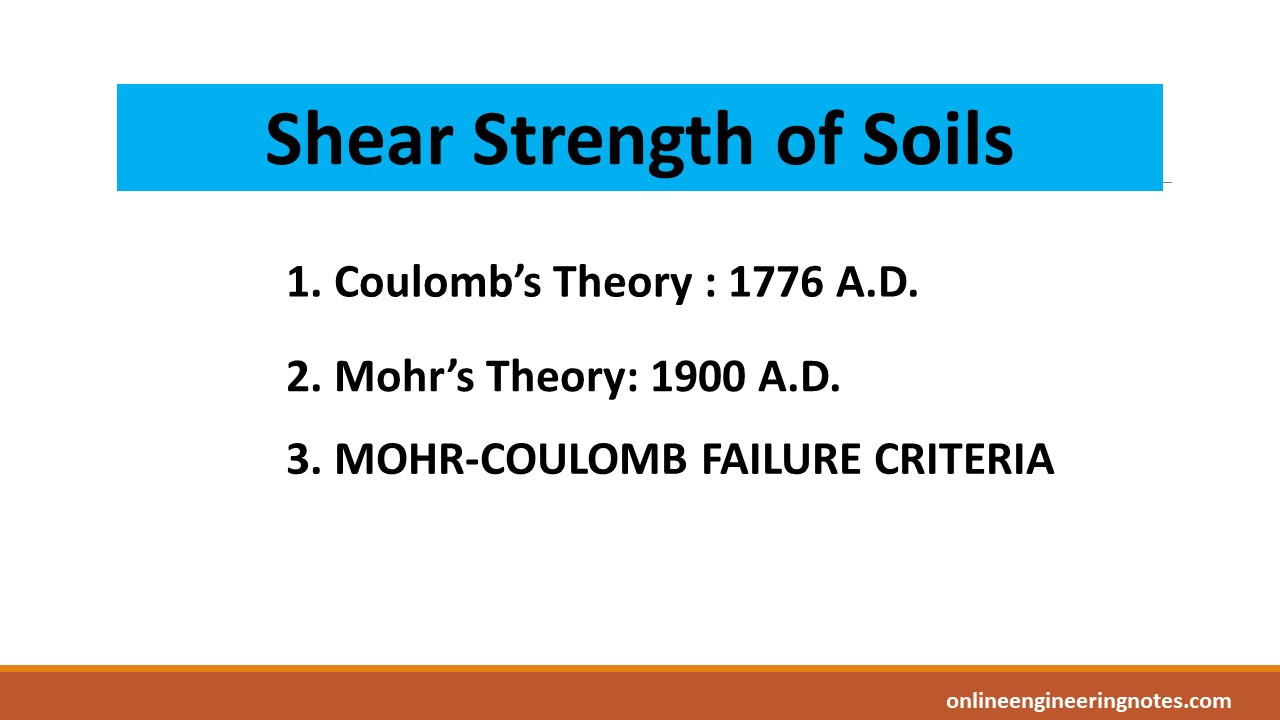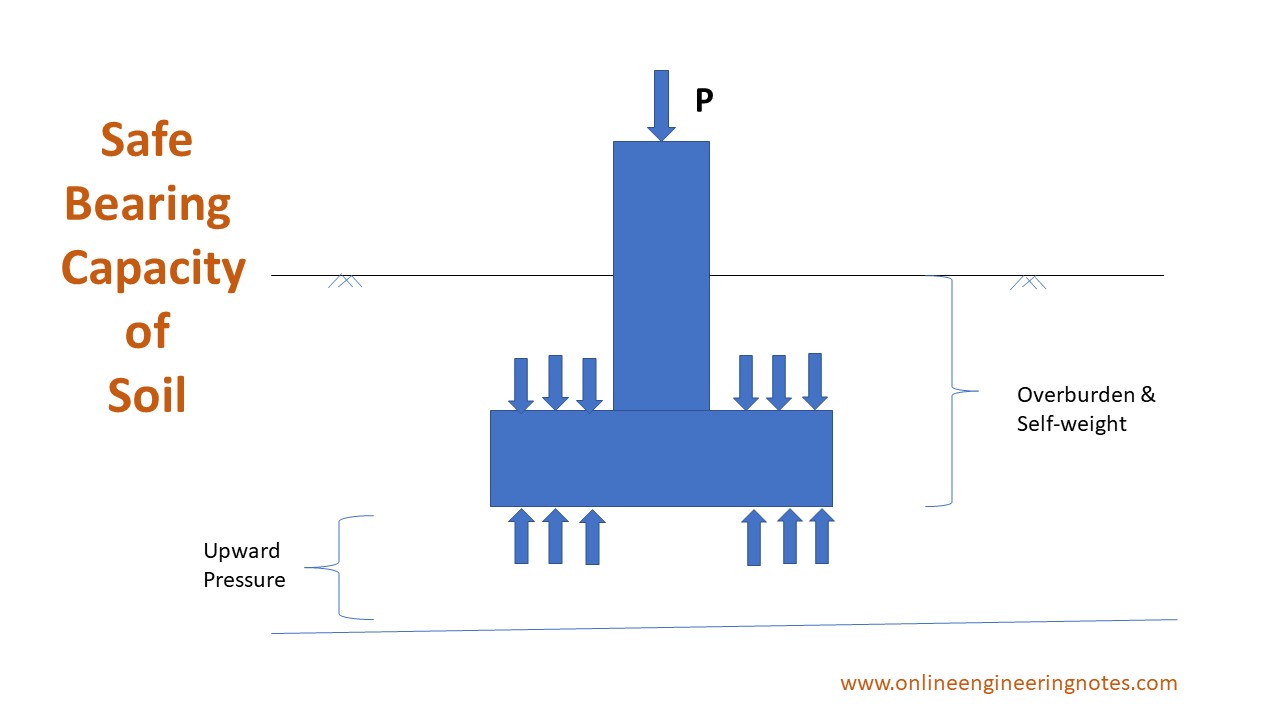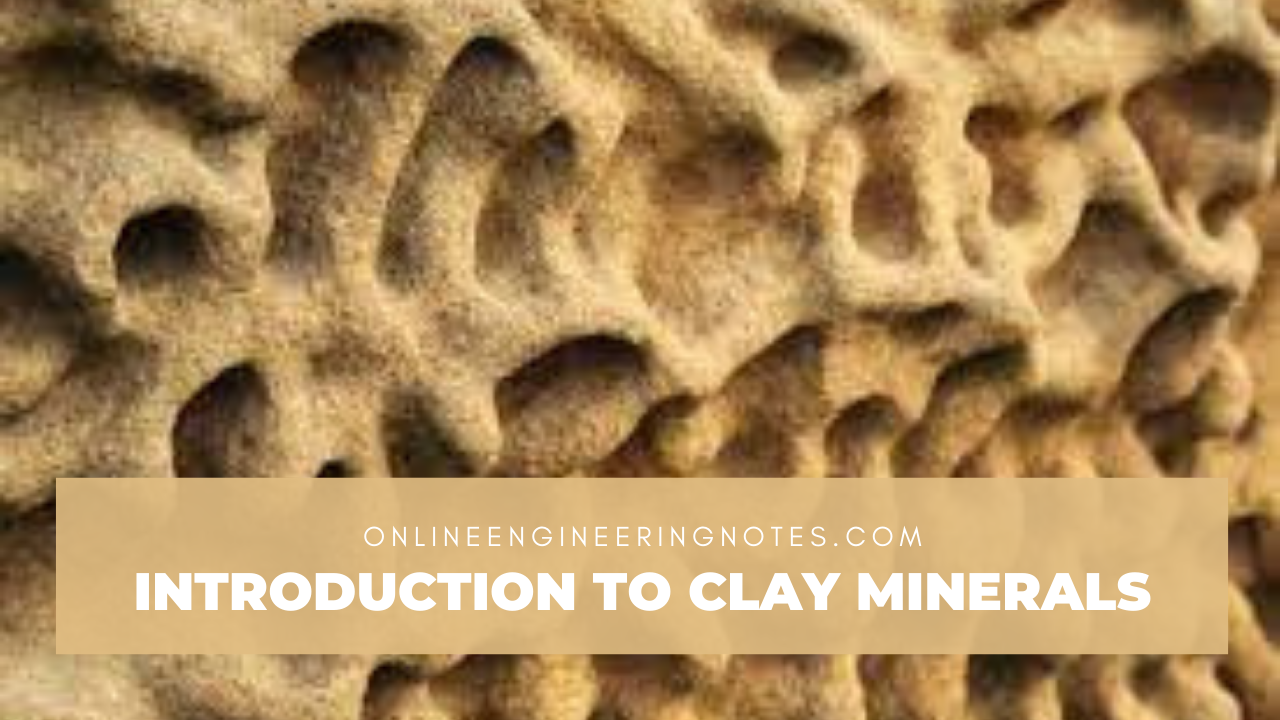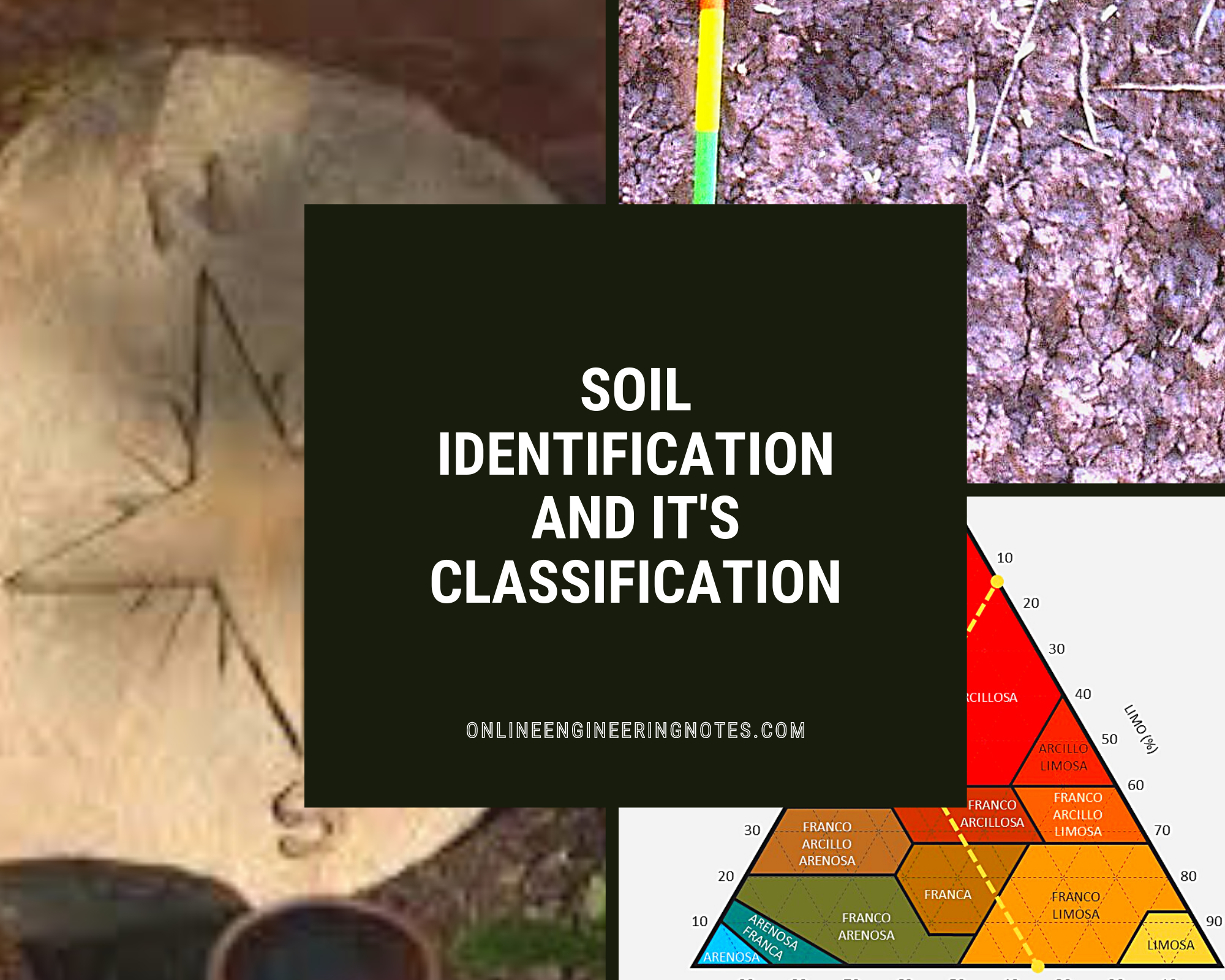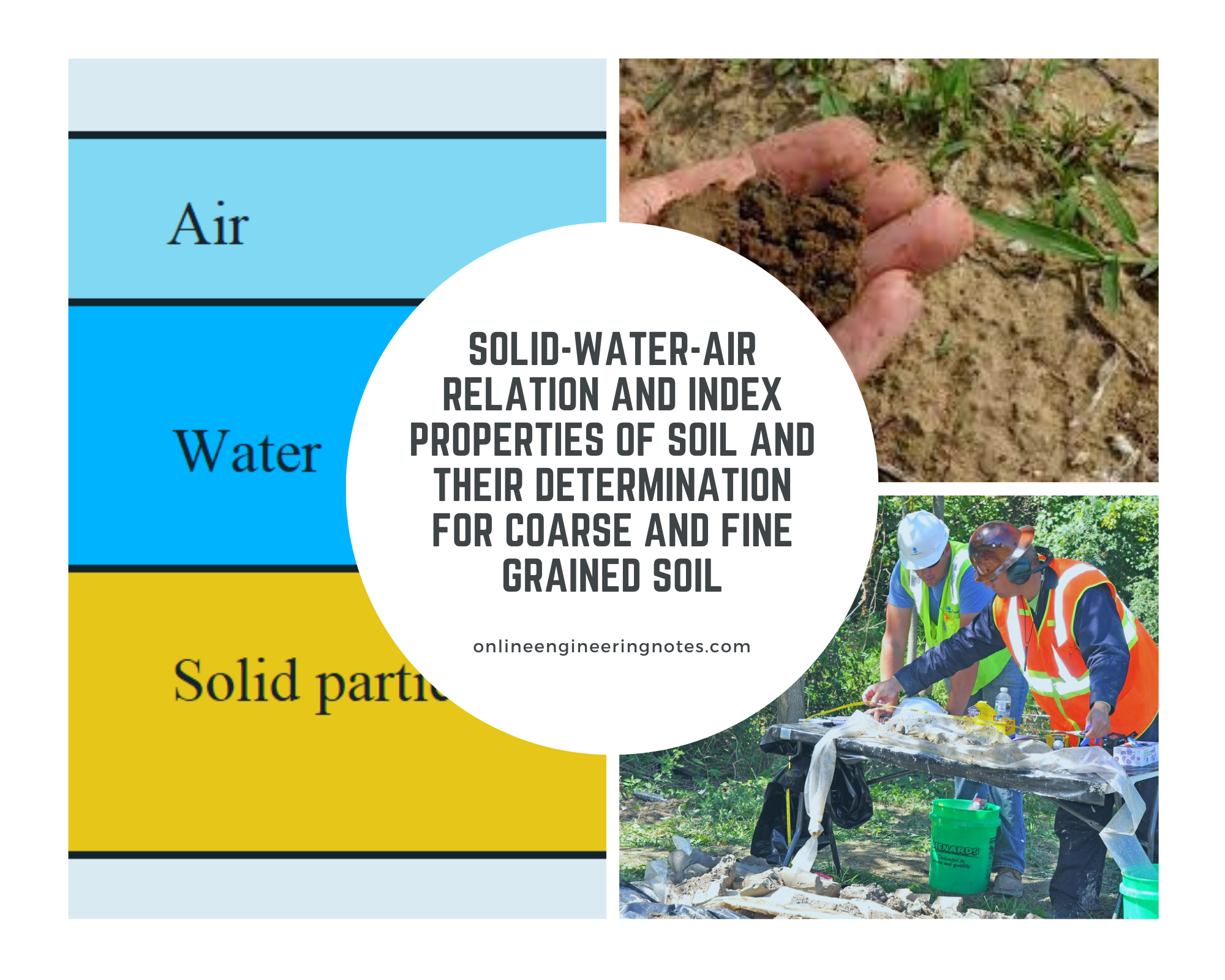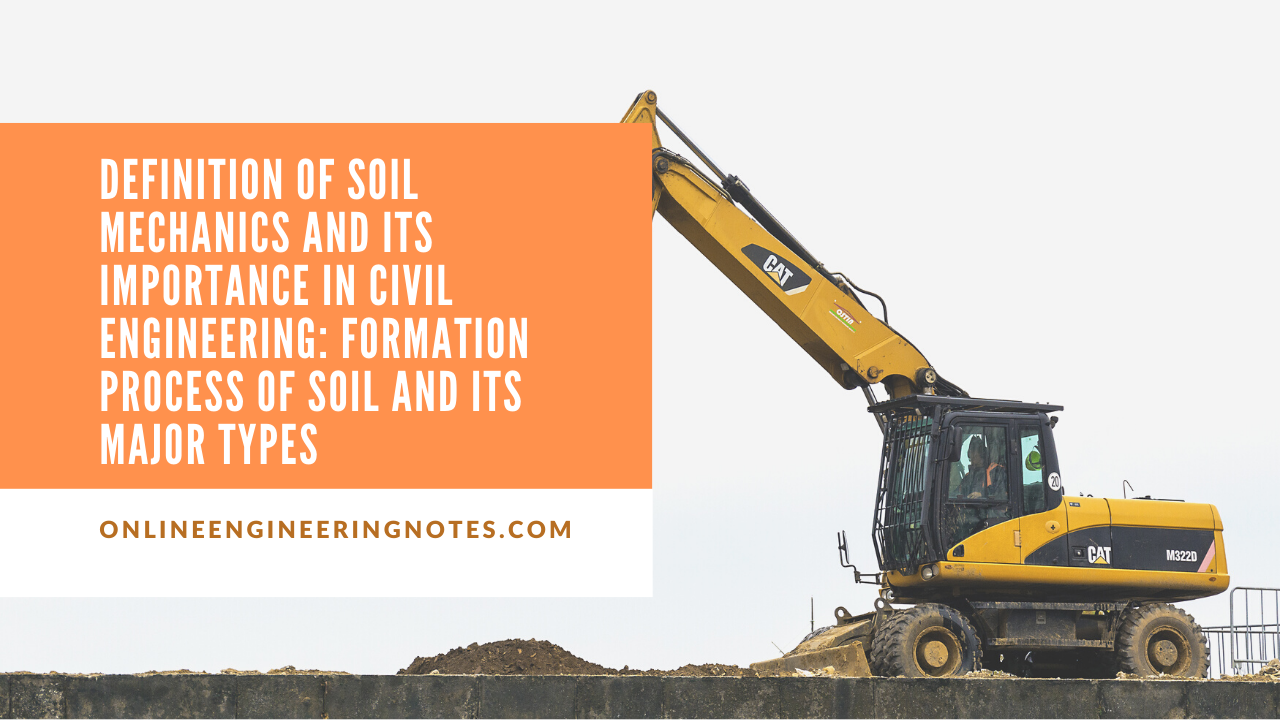Shear Strength of Soils
Shear Strength of Soils: Shear strength of soil is the resistance to deformation by continuous shear displacement of soil particles by the action of shear stresses. Shear stresses > Shear Strength, failure takes place Failure may be sinking of footing or movement of a wedge of soil behind a retaining wall forcing it to move … Read more

